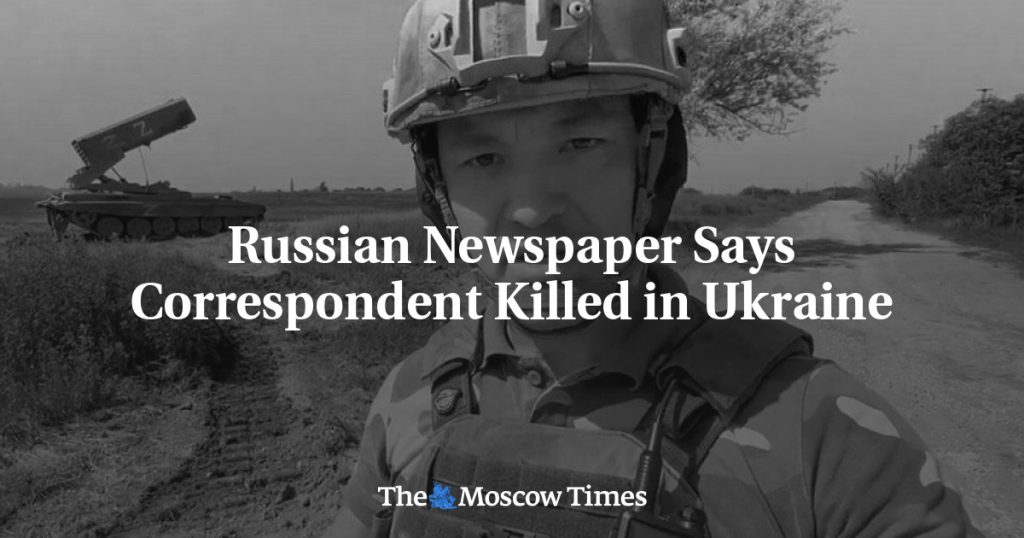The Russian journalist Semyon Eremin was killed in a Ukrainian drone attack in the southeastern region of Zaporizhzhia. The attack occurred as Eremin and his film crew were returning from a reporting trip to the frontline village of Pryiutne. Eremin was wounded during the attack and succumbed to his injuries. He had previously reported from behind frontlines in Ukraine’s eastern Donetsk region, including the embattled city of Mariupol. Maria Zakharova, a spokesperson for the Russian Foreign Ministry, condemned the attack, labeling it as an “act of revenge” for Eremin’s journalistic work.
The Russian government has called for international condemnation of Eremin’s killing, urging organizations and human rights structures to take decisive action. According to the Committee to Protect Journalists, at least 15 journalists have been killed while covering the conflict in Ukraine. The death of Eremin highlights the dangers faced by journalists reporting from conflict zones, particularly in the ongoing conflict between Russia and Ukraine. It also raises concerns about press freedom and the safety of journalists working in hostile environments.
The use of drones in warfare has become increasingly prevalent, posing new threats to journalists and civilians in conflict zones. Drones can be used for surveillance, reconnaissance, and targeted attacks, making them a powerful tool in modern warfare. The attack on Eremin and his team shows the devastating impact that drones can have on individuals, including journalists who are trying to report on the situation in conflict areas. It also raises questions about the ethics of using drones in combat and the need to protect civilians and journalists from such attacks.
Eremin’s death has sparked outrage in Russia, with many calling for justice and accountability for his killing. The government’s condemnation of the attack reflects the seriousness of the situation and the need to address the growing threats to journalists in conflict zones. As the conflict between Russia and Ukraine continues, the safety of journalists and civilians remains a top priority, with efforts being made to ensure their protection and security. The tragic loss of Eremin serves as a stark reminder of the risks faced by journalists in conflict zones and the importance of press freedom in reporting on such events.
The tragic death of Semyon Eremin serves as a somber reminder of the risks faced by journalists in conflict zones around the world. As the conflict in Ukraine continues to escalate, the safety and security of journalists remain a top concern, with efforts being made to protect those who are reporting from the frontlines. The use of drones in warfare adds another layer of complexity to the dangers faced by journalists, making it essential to address these new threats and ensure the safety of those working in hostile environments. Eremin’s death underscores the need for increased protection and support for journalists reporting on conflicts and highlights the importance of press freedom in shining a light on the realities of war.


